As the United States gears up for another pivotal election cycle, understanding the dynamics and statistics behind the electoral process is crucial. From voter turnout to campaign spending, a multitude of factors shape the American political landscape. Here, we delve into 10 compelling statistics that provide insight into the intricacies of U.S. elections.
US elections; 1988 Was The Last Time An Incumbent Vice-President Was Elected President Since 1836
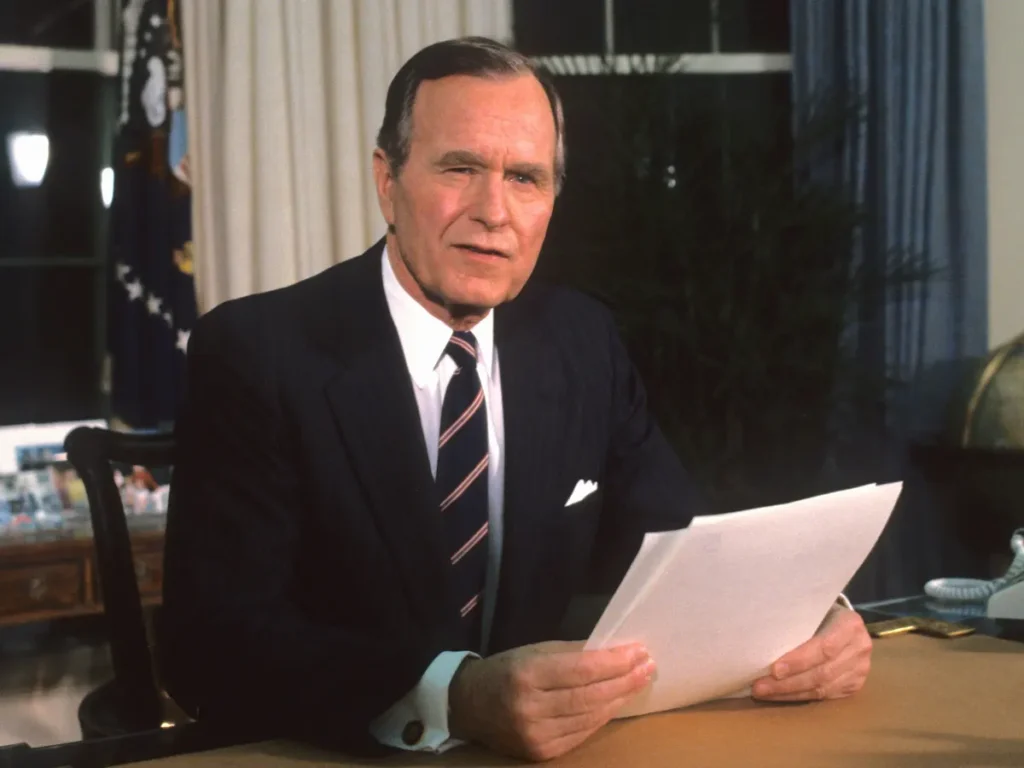
In 1988, George H. W. Bush strolled to victory, handily defeating Democratic Party nominee Michael Dukakis.
At the time, Ronald Reagan was the president and Bush, who was then VP, became the first sitting vice-president to succeed to the presidency via an election since Martin Van Buren in 1836.
He was also the first person to succeed a president from his own party in an election since 1928 and the last one to do so to date.
US elections; The Last Occasion In Which A Third Party Won Any States Was In 1968
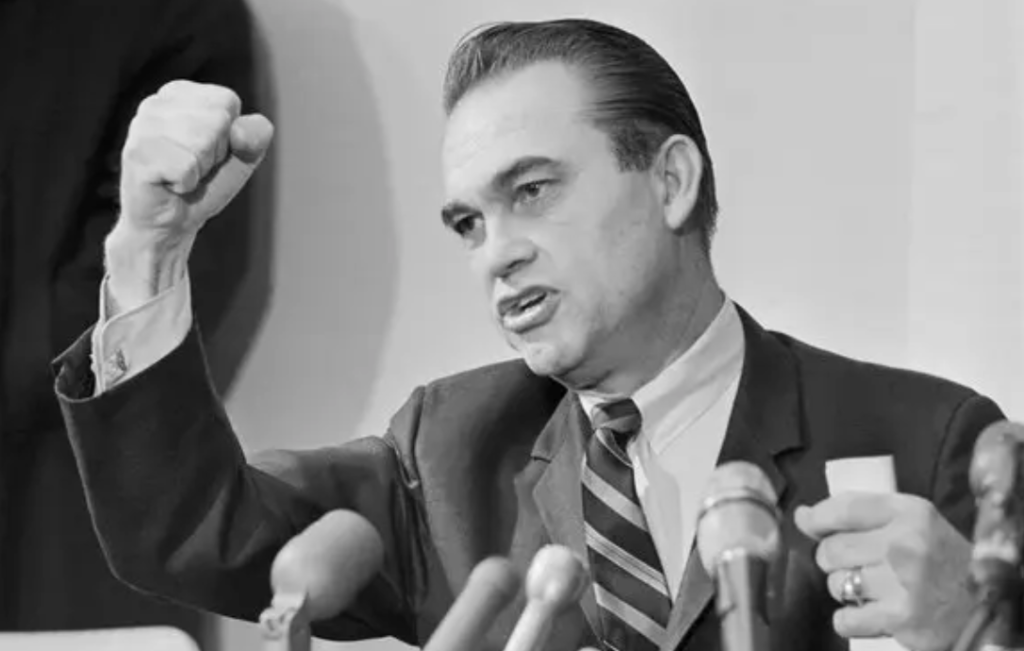
Despite his impressive performance in 1992 where he won nearly 20% of the vote, Ross Perot was unable to win any ECVs.
To find the last third party to carry any states, we have to go way back to 1968 when George Wallace’s American Independence Party. A populist, anti-communist party, it was led by the Democrat Wallace, who had been a hardline segregationist, noted for his motto: “segregation now, segregation tomorrow, segregation tomorrow.”
The party picked up five states in the south (Arkansas, Louisiana, Mississippi, Georgia, and Wallace’s home state Alabama), winning 46 ECVs.
US elections; Richard Nixon Was All But One Republican Presidential Ticket 1952-1976
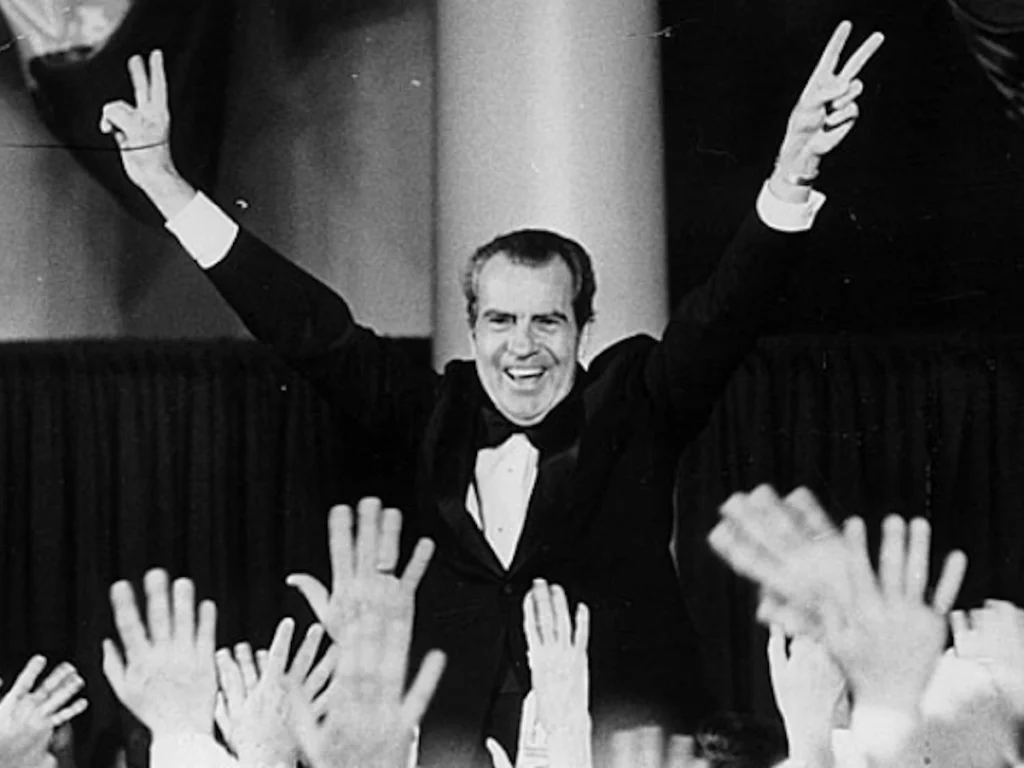
With the exception of 1964, Richard Nixon was on the ballot for every Republican presidential campaign from 1952 to 1976.
The Californian Senator first found himself on the ticket in 1952 as the running mate of presidential nominee Dwight Eisenhower and in 1956, he was on the ticket for re-election as VP.
In 1960, Nixon lost to John F. Kennedy in a close-knit race in terms of the popular vote. In 1968, Nixon was able to make a comeback, winning the Republican nomination on the first ballot, fending off competition from Nelson Rockefeller and Ronald Reagan and going on to win the election, effectively utilising a law-and-order campaign. He stormed to victory in 1972, winning 49 states and 520 votes all whilst the public were blissfully unaware of the impending Watergate scandal.
The only exception to Nixon’s run was 1964, where radical Republican Barry Goldwater was the presidential nominee, running with William E. Miller.
On a similar note, every presidential ticket from 1980-2008, with the exception of 1996, featured a member of the Bush family.
US elections; The Modern Presidential Campaign Was Conceived In 1896
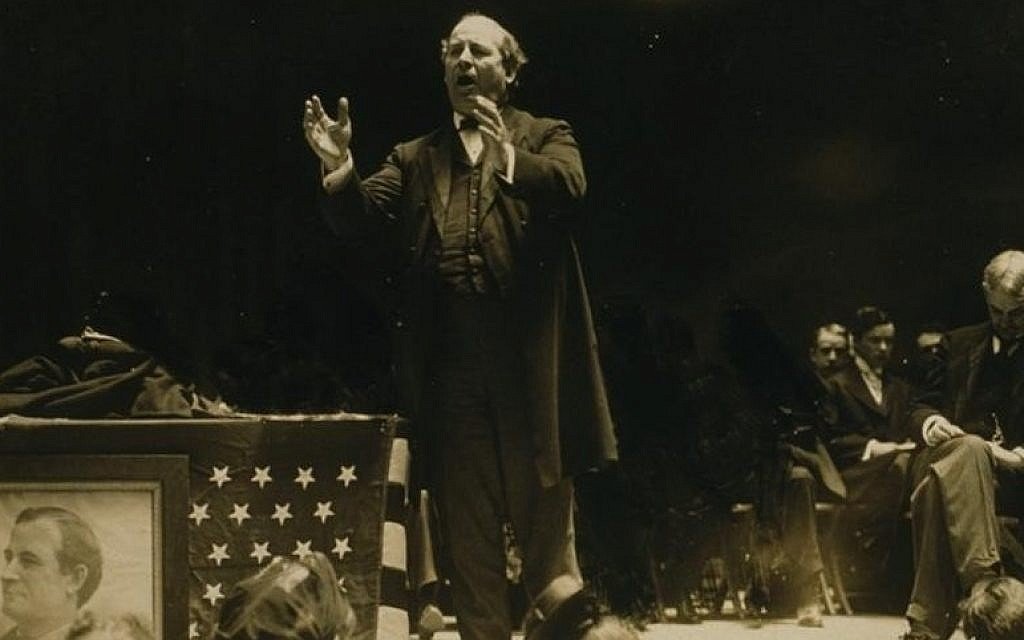
Today, the presidential race is a mammoth event. The gigantic scale of presidential elections can be reflected by the spending, with the most recent race in 2020 costing an estimated $14 billion.
One of the first to embark on such a rigorous presidential campaign was Democratic presidential nominee William Jennings Bryan in 1896.
The young hopeful established the blueprint in grand fashion, travelling across 27 states and reaching an audience of five million. In all, he travelled 18,000 miles in three months and made 500 speeches in 100 days, on one occasion making 36 speeches in a single day.
It would not be enough to buoy the 36-year-old to the presidency although he would run again in 1900 and 1908, becoming one of just two individuals to win ECVs in three elections and never become president.
1932 Was The Last Occasion In Which Republicans Won The Majority Of The African-American Votes

In 1932, the most important election in post-Civil War America took place. In the election, Democrat Franklin Delano Roosevelt won a resounding victory, scoring a landslide over incumbent President Herbert Hoover.
Elected amidst the economically tumultuous time that was the Great Depression, Roosevelt set to work to reverse the USA’s fortunes. When he came to power, the Library of Congress noted that “one of every four workers was unemployed”, and so Roosevelt sought to implement his New Deal policies, many of which were beneficial to African-Americans.
As such, by 1936, he was able to transfer African-American Republican support to Democrat support, making 1932 the last time a Republican candidate won most African-American votes.
Only Four Presidents Had A Lower Percentage of The Vote In Successful Re-Elections
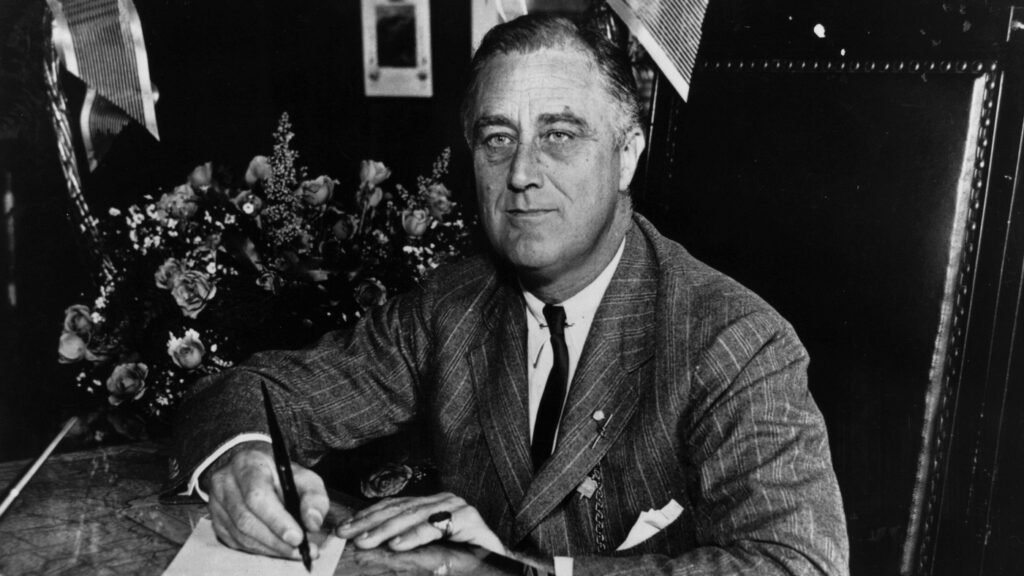
Talking about FDR, he is one of only individuals whose successful re-election bids saw them have a lower number of Electoral College Votes.
Although able to increase from 472 to 523 in 1936, he would lose a number of midwest states in his 1940 and 1944 re-election bids, even if he was still able to waltz his way to an easy victory.
The other three men are James Madison (72% in 1808, 59% in 1812), Woodrow Wilson (82% in 1912, 52% in 1916), and Barack Obama (68% in 2008, 62% in 2012).
US elections; 1996 Saw The First Presidential Websites
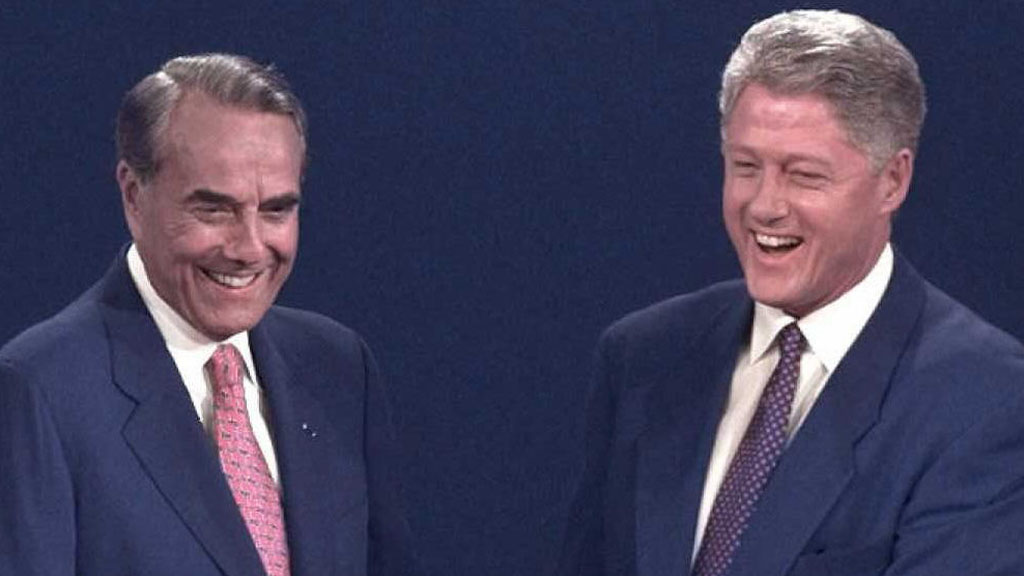
The largely forgettable 1996 election saw Republican Bob Dole attempt in vain to pry the US’s highest office away from Bill Clinton.
The campaign demonstrated the juxtaposition between the 73-year-old Dole and 50-year-old Clinton, with Dole seen by many as too old to reasonably take the presidency from the young Clinton, who had presided over a flourishing economy.
It might be surprising then that the man pigeonholed for being in his seventies had, alongside running mate Jack Kemp, the first campaign website. The webpage was designed and maintained by two Arizona State college students from their dorm rooms.
Clinton and Gore would soon follow suit as it became clear that the era of digital politics had officially begun.
The Largest Height Difference Between Presidential Candidates Was A Foot
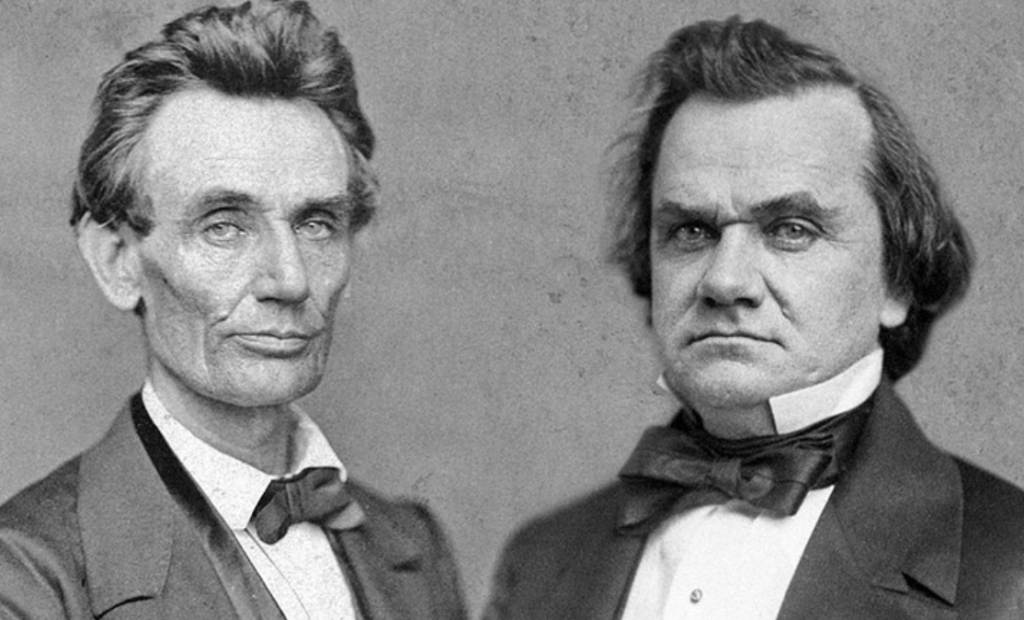
1860’s election had the largest height difference between candidates when Abraham Lincoln took on Stephen A. Douglas.
The election is arguably the most significant of all time with Lincoln’s victory leading to several southern states succeeding and eventually the outbreak of the American Civil War.
It was also a rematch from a high-profile Senate race two years earlier in which the two competed in a series of famous face-to-face public debates. “Little Giant” Douglas prevailed on that occasion, even if losing the popular vote.
Whilst Lincoln was 6’4, the tallest president ever, Douglas was just 5’4.
US elections; The First Woman To Run For President Was In 1872
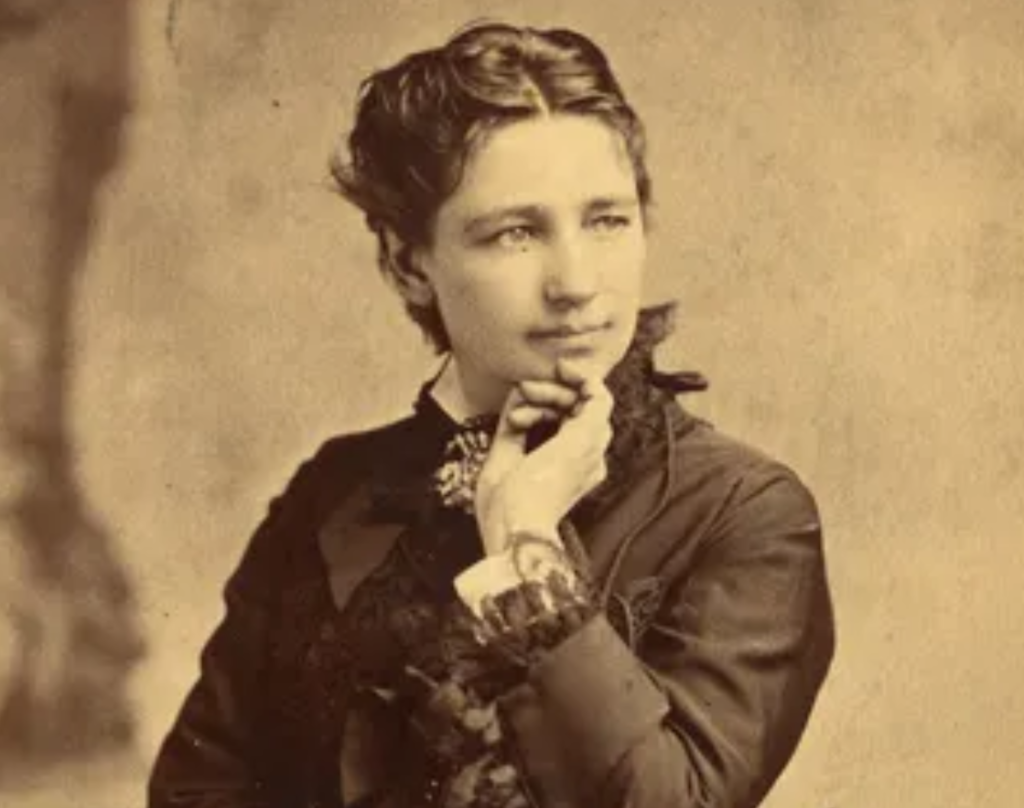
If asked who the first woman on a presidential ticket was, a reasonable assumption might be Hillary Clinton in 2016. Some may recall Sarah Palin’s failed bid in 2008 when she was vying for the vice presidency. A history buff might be so wise as to bring up Geraldine Ferraro in 1984.
Few could name Victoria Woodhull, who ran in 1872.
Representing the Equal Rights Party, she espoused the following radical ideas: “reform of political and social abuses; the emancipation of labo[u]r, and the enfranchisement of women.”
In the words of The Guardian, “It is also a classic American tale: a triumph over adversity – poverty, abusive parents, and a bad marriage – and a rise to prominence in the most vital social movements of the day.”
With her campaign largely scoffed at, it is uncertain how many votes she achieved although some speculate that the figure is about 2,000. Her campaign was also harmed by news of an alleged affair. She was also notably 34 at the time, a year under the legal age to run for president.
Keep in mind too that it would be nearly another 50 years before women could even vote.
By technicality, her running mate was Frederick Douglass. He never declined, or even responded, to the invitation but is seen by some as the first African-American nominee on a presidential ticket.
On election day in 1872, Woodhull was actually in jail. Some, however, have gone further than simply being in prison on election day…
The Presidential Candidate Who Ran From Prison
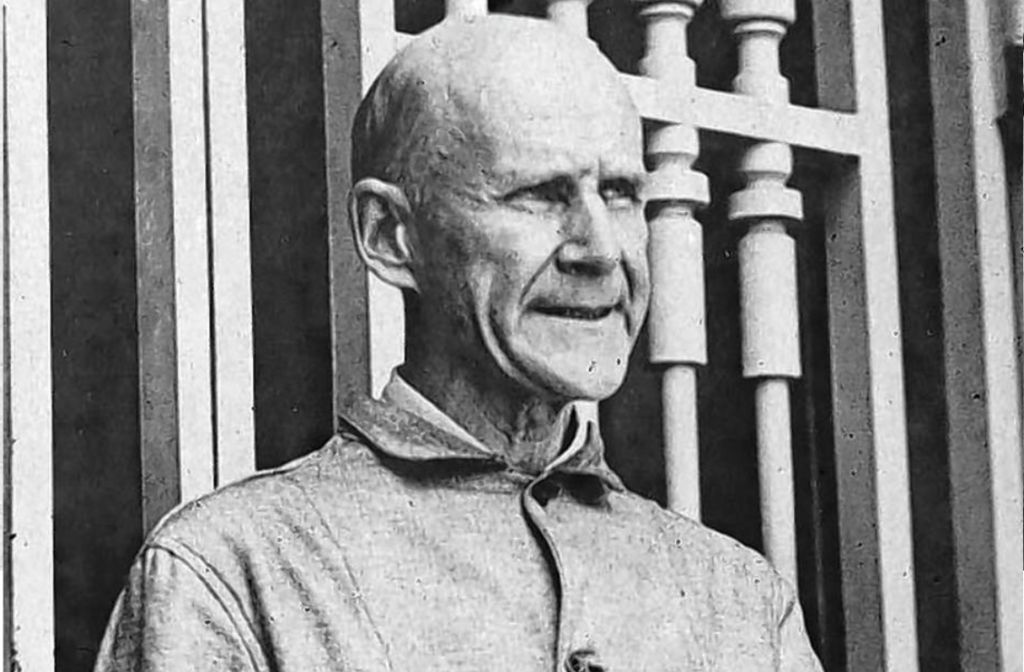
Much has been made about what will happen to Trump’s campaign if he lands in jail but if that situation does occur, he will not be the first candidate to run from behind bars.
In 1920, the Socialist Party nominated candidate Eugene Debs for the presidency. Debs had previously run in 1900, 1904, 1908, and 1912 – in the latter of which he performed best, getting 6% of the popular vote.
By 1920, Debs was in a prison cell after being charged with sedition under the Espionage Act of 1917 for his speeches telling citizens to dodge the World War One draft. When the case got to the Supreme Court, the Court ruled unanimously against him in Debs v. United States (1919), and Debs was sentenced to 10 years serving hard time and disenfranchised for life.
Convict No. 9653 won nearly one million votes (3.4%). After the election, popular film star Mae West wrote to new president Warren Harding, who commuted Debs’ sentence and Debs was released during Christmastime 1921.
In his 2018 autobiography Where We Go From Here, democratic socialist Bernie Sanders admits “I have a plaque of Debs on a wall in my Senate office.”
GRIFFIN KAYE.


